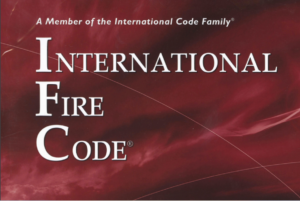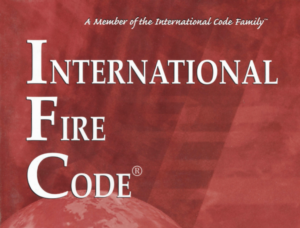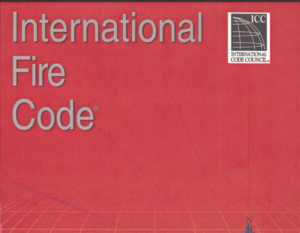The 2012 International Fire Code (IFC) sets comprehensive regulations designed to ensure public health and safety by establishing standards for building safety, with a specific focus on fire prevention and response. The document provides detailed guidelines for various aspects of building and construction to minimize the risk of fire and ensure effective emergency responses in case of fire incidents.
The initial sections outline the objectives, legal applications, and administrative procedures of the code, ensuring that all buildings adhere to safety norms through due legal processes, thereby providing equitable protection under the law. It includes a complete list of defined terms, ensuring a consistent understanding of terminology throughout the document, with critical terms highlighted to emphasize their specific meanings within the code context.
Subsequent sections address various safety measures, including the maintenance of fire-resistance-rated constructions and emergency planning. These encompass general requirements for premises safety involving specifications for open burning, fire hazards, and safe storage practices. Additionally, detailed procedures for emergency preparedness and planning are discussed to improve safety for building occupants during fire incidents.
Later sections focus on special requirements for various types of facilities and operations, such as aviation facilities, dry cleaning operations, and combustible dust-producing operations. These sections are tailored to manage the unique risks associated with specific activities or materials, emphasizing the control of ignition sources and maintaining cleanliness to prevent fire hazards.
Overall, the IFC provides a robust framework that governs the design, construction, and operation of buildings to ensure they are safe from fire and related hazards, catering to both general and specific needs based on the type of occupancy and use.






